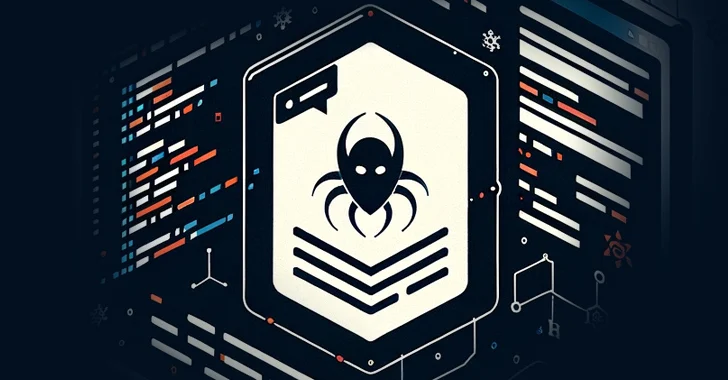When we hear the word "hacking", the first thing that comes across our head is malicious activities relating to computers. Additionally, we often think of "hackers" as people with bad intentions who infiltrate systems, passwords, and networks, for their gain. However, that is not what hacking entirely is. When we look at the hacking history, hacking originally referred to the pursuit of knowledge and technical expertise. Along with technological advancements though, hacking has evolved from simply being the exploration of technology to attacks for personal gains. However, it is important to note that not all hacking is malicious. Ethical hacking, for example, involves authorized and legal exploration of systems to identify vulnerabilities and strengthen security.
In this age where businesses have become more reliant on technology, cybersecurity has become more important than ever. Understanding the history of hacking plays a role in that in a way that it reminds you about the importance of strengthening your cyber defenses and staying ahead of the evolving cyber threats. We can also gain insights into the motivations and techniques of hacking. Additionally, we get to know the various landscapes of hacking, from ethical hacking to non-ethical. In this blog, we will dive deeper into the history of hacking: what pioneered it, how it has evolved, and what holds the future of cybersecurity and hacking.

Early Days of Hacking
The MIT Hacks
In the early days of hacking, MIT students in the 1950s and 1960s, driven by curiosity, played around with technology. They explored the phone network and control systems of a student organization called the Tech Model Railroad Club at MIT. These playful activities became the starting point for what we now call the hacker culture. This culture is all about being hands-on with technology, emphasizing curiosity and practical understanding.
Phone Phreaking
Aside from those MIT students, phone phreaking was also a part of the early hacking days where enthusiasts delved into how the telephone network worked. This exploration, highlighted by famous figures like Captain Crunch (John Draper), led to exploitations, including making free long-distance calls by exploiting vulnerabilities. These exploits not only influenced the early hacker community but also paved the way for a more advanced and complicated hacking world later on.
Rise of Computer Hacking
As time went by, computers advanced from being tools primarily for professional use to becoming integral to personal use. The growth of computers in the latter half of the 20th century led to an increasing number of people seeking to exploit these systems. In 1971, the Creeper virus, the first computer virus, was created, marking a crucial turning point in digital history. With computers becoming interconnected and used for sharing information, the potential for cyber threats grew, laying the foundation for the rise of cybercrimes.

The Dark Side: Hacking for Malicious Purposes
With technology continuing to advance, the 1990s and 2000s witnessed the rise of cybercrimes, with notable incidents shaping the landscape of digital security. In the 1990s, the first major cyber attacks, like the hacking of NASA, started to occur. These incidents raised public awareness about the vulnerability of even the most secure systems.
One of the earliest computer worms, Morris Worm, also began to spread, causing lots of computers to slow down. Computer worms then continued to evolve around the 2000s, ranging from the ILOVEYOU worm that spread through email systems to the Code Red and Nimda worms targeting Microsoft servers.
Ransomware attacks, a kind of hack in which thieves demand a payment, in exchange for unlocking the target's data, have also become more and more common in the 2000s and 2010s, until this day, with Sophos finding that 66% of organizations claimed they were hit by it in 2023. You can learn more about ransomware here.

The Cat-and-Mouse Game: Hacking vs. Security
The surge in hacking techniques has heightened cybersecurity awareness and the measures designed to protect computers from these threats. Some of these solutions include:
Next-generation firewalls
Next-generation firewalls incorporate advanced features to help organizations identify and block various threats in real time.
Endpoint protection software
These solutions are designed to protect all kinds of endpoints. This includes computers and mobile devices, as now mobile devices are also common targets. Endpoint protection software consists of antivirus, endpoint detection and response (EDR) tools, and advanced threat protection.
Machine Learning and Artificial Intelligence based solutions
Security software has increasingly utilized machine learning and artificial intelligence to detect patterns and anomalies indicative of potential cyber threats. These technologies improve the ability to identify and respond to new and evolving forms of cyberattacks.
Additionally, "hacking" is now being divided into two types of hacking: white hat hacking and black hat hacking.
White hat hacking, or ethical hacking, involves security professionals testing systems for vulnerabilities to strengthen defenses. These individuals work to improve cybersecurity by identifying weaknesses before cybercriminals can exploit them.
In contrast, black hat hacking refers to malicious activities where individuals or groups exploit vulnerabilities for personal gain, theft, or disruption. Black hat hackers operate with malicious intent, seeking to compromise systems for financial, ideological, or destructive purposes.
Looking Ahead: Future Trends in Hacking
As technology continues to advance, cybercriminals will also continue to come up with more advanced techniques to hack into the systems. However, cybersecurity professionals will also continue to work to come up with tech solutions that can combat them.
One of the likely future trends in hacking is AI-driven cyber-attacks that make it more sophisticated and challenging to detect. A way to potentially combat this is by implementing machine learning algorithms to analyze patterns, detect anomalies, and respond to evolving threats in real time. This is because relying on manpower alone may not be enough to detect these advanced attacks. You can learn more about AI scams here.
Another likely future trend in hacking is exploiting vulnerabilities in IoT devices. By doing so, attackers can compromise networks, gather sensitive data, or launch attacks. Strengthening IoT security protocols is essential to combat these evolving threats.
All in all, preparing for these future hacking trends requires proactive measures, innovative technologies, and a continuous commitment to advancing cybersecurity practices.
Learn how Wowrack provides top-tier cyber security in Seattle, protecting businesses from evolving digital threats with robust solutions tailored to keep your data and systems secure
Conclusion
To sum up, the history of hacking reflects the continual evolution of technology and the ongoing cat-and-mouse game between hackers and cybersecurity experts. Moving forward, embracing the lessons from hacking's history is essential for shaping a secure and resilient digital future. As hacking techniques advance, it is crucial to consistently update and upgrade our security tools to effectively combat evolving cyber threats.








